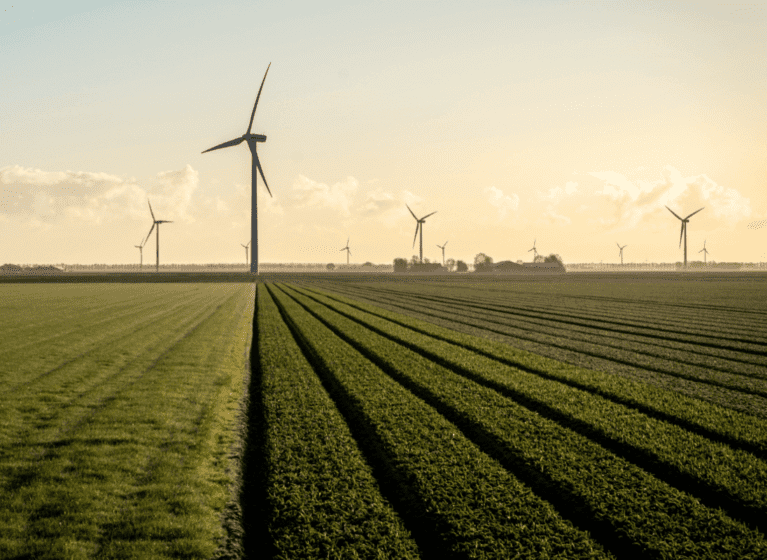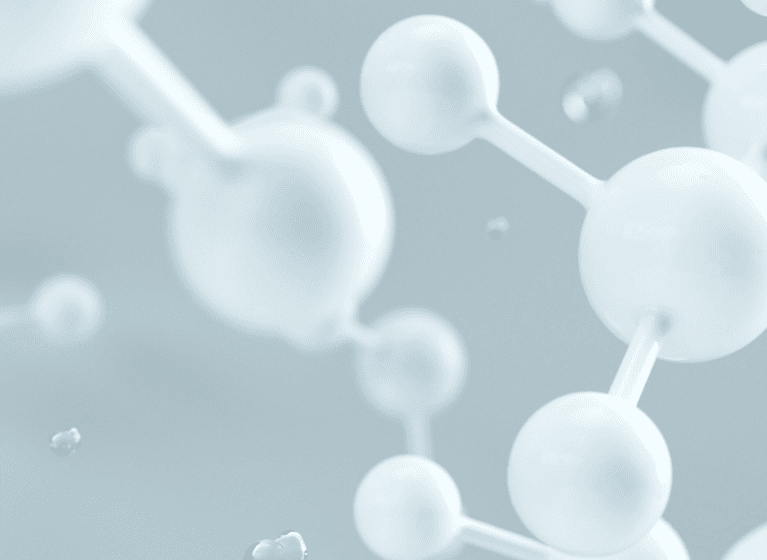The predicted future growth of electrification will result in an increasing demand for critical minerals used in battery manufacture. Battery recycling will likely play an important role in moderating the need for virgin critical minerals, thus reducing the environmental impact of mining and of the batteries themselves, once they reach end of life. Accordingly, we expect to see future increased levels of innovation in battery recycling technologies, and in this article we briefly review currently utilised technologies and comment on patent filings in the field.
Clean energy technologies, primarily electric vehicles, continue to be a major force in the increasing demand for key minerals, such as lithium, nickel and cobalt. MarketsandMarkets forecast the electric vehicle market will be worth close to USD 1 trillion by 2030. From a mining perspective, the future environmental impact of this increase in mineral demand may be considerable, as are the potential human rights issues in extracting, for example, cobalt, where the world’s major supply is located in the Democratic Republic of the Congo. Current battery technologies (such as lithium-ion) have a finite lifespan, creating further potential environmental issues when electric vehicle batteries begin to reach end of life (currently projected to be in 2030).
Therefore, it is perhaps unsurprising that the development of battery recycling technologies has received increased attention in recent years, with a view to extracting critical minerals from spent batteries and then using them in the fabrication of new batteries.
In principle, and in the long term, development of viable and efficient recycling processes of these valuable critical minerals would reduce the requirement for virgin mined materials and support a circular economy based on value extraction from spent batteries. If economically attractive and environmentally friendly recycling processes can be developed, the future value in battery recycling may be considerable. MarketsandMarkets forecast the global lithium-ion battery recycling market to be worth UDS 35.1 billion by 2031, up from USD 6.5 billion in 2022.
Recycling of lithium-ion batteries is still in its infancy and the batteries currently being recycled are primarily from consumer electronics and battery manufacturing scrap, even then, only about 5% of lithium-ion batteries globally are thought to be currently recycled. A recent International Energy Agency review indicates that the vast majority of recycling occurs in China, with significant future recycling capacity planned in China, Europe and the United States.
Material extraction techniques
Current commercial battery recycling processes typically use pyrometallurgy, hydrometallurgy, or direct recycling1, however, recent developments suggest mechanochemistry may also hold promise.2
Pyrometallurgy
Pyrometallurgy is the thermal treatment of minerals to separate and recover the valuable metals in a battery and typically involves three steps:
- Roasting – heating the battery material in air to form metal oxides;
- Smelting – reducing the metal oxides (typically by using a carbon source, producing carbon dioxide as a by-product); and
- Refining – sorting the constituent metals either by their chemical or physical properties. This is done by heating the metals to high temperatures or by using electrolytic processes.
Pyrometallurgical processes do have a key drawbacks in that they require considerable energy input to achieve the required temperatures and produce carbon dioxide. Furthermore, only a few selected battery materials such as nickel and cobalt are able to be recovered in this process and materials like lithium, aluminium and manganese form “slag”, in which these materials cannot be easily recovered.
Hydrometallurgy
Hydrometallurgy is the process of extracting metals by dissolving and purifying them as metal salts in a series of water based steps. For battery recycling, this initially involves discharging and dismantling the battery, sorting the constituent parts, and then mechanically breaking down the material to form “black mass” as the starting material.
Hydrometallurgical processes typically involve three stages:
- Leaching – dissolving the metals in the black mass, typically using an acid source;
- Concentration and purification – where the dissolved metals may be concentrated and selectively precipitated to remove the metal salts from the dissolved impurities; and
- Recovery of the metal salts for further processing and end use.
Although hydrometallurgy requires less energy than pyrometallurgy, it requires large quantities of water, which must be subsequently purified.
Direct recycling
Direct recycling involves the manual disassembly of constituent battery parts and regenerating the battery materials without breaking down the chemical structure. This is typically used for recycling cathode materials, as the cathode typically accounts for 30-40% of the overall battery cost. Direct recycling has seen some success in recycling lithium-cobalt-oxide and lithium-iron-phosphate batteries. However, this method requires the determination of the batteries charge state and capacity, and so cannot be easily automated.
Mechanochemistry
Mechanochemistry is a relatively new methodology in battery recycling and is still being developed for commercial use. Mechanical treatment (or ball-milling) is already used in battery recycling to produce black mass prior to a pyrometallurgical or hydrometallurgical processes.
Recent publications have shown that ball-milling black mass with an aluminium reducing agent can produce compounds that can be separated and converted to lithium carbonate under mild conditions.2 Lithium carbonate is particular useful, as it is a form of lithium already used in the manufacture of lithium-ion batteries. Given the infancy of this research, we expect to see further developments in this space.
Patents and battery recycling
Baum et al1 recently analysed the publications (academic and patents) in the lithium-ion battery recycling field and noted that the number of patent publications has increased from around 30 in 2010 to more than 500 in 2020. Further, the vast majority of patents were to Chinese applicants.
Given the technical challenges associated with battery recycling, the current lack of standout solutions, and the likely future market value of the sector, we expect to see considerable growth in innovation and increasing rates of patent filings.
If you’re innovating in this space, please get in touch with us about protecting your technology.
1 Baum, Z., Bird, R., Yu, X., Ma, J., Lithium-ion battery recycling – overview of techniques and trends, ACS Energy Lett. 2022, 7, 2, 712–719. https://doi.org/10.1021/acsenergylett.1c02602.
2 Dolotko, O., Gehrke, N., Malliaridou, T. et al. Universal and efficient extraction of lithium for lithium-ion battery recycling using mechanochemistry. Commun Chem 6, 49 (2023). https://doi.org/10.1038/s42004-023-00844-2.




